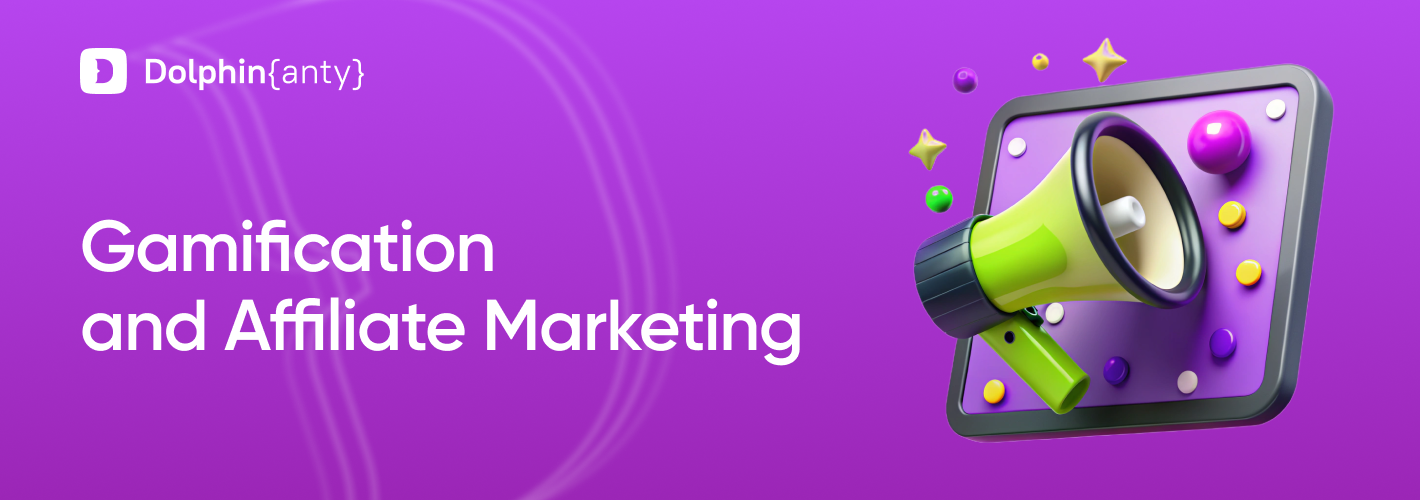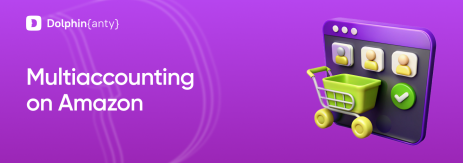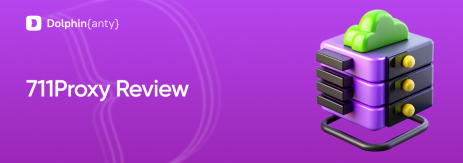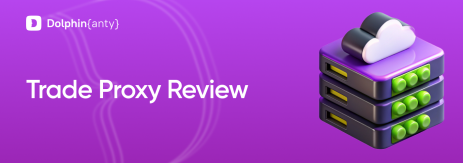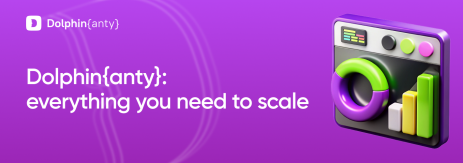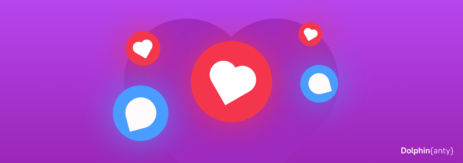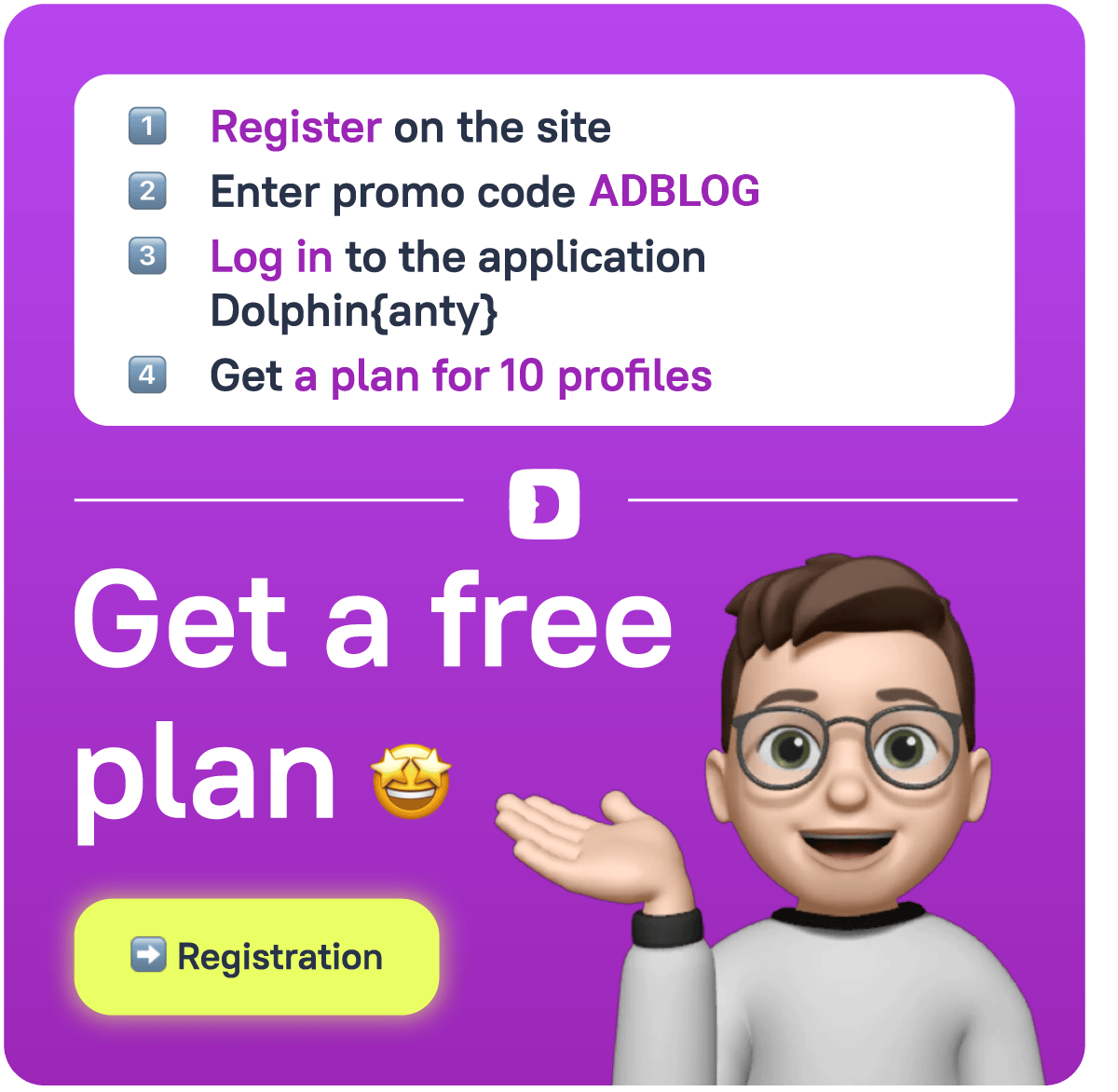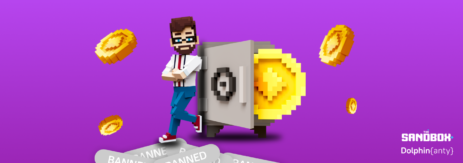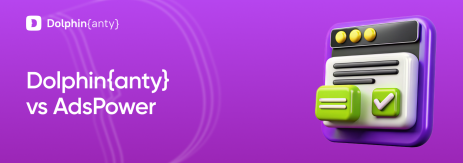Gamification in Affiliate Marketing
Blog » Gamification in Affiliate Marketing
How to Use Interactive Elements
How can you boost the conversion rate of your creatives, pre-landers and landing pages? The standard answer is to use eye-catching images, write stronger copy, include a more persuasive video, product reviews, etc. But there’s another approach — 🕹️add interactive elements or engage the user in a “game” with your content.
This approach is called gamification, and it’s widely used not just to drive sales but also to retain and grow an audience. In some cases, all it takes for effective gamification is a few images — or even just text. A great example is Pornhub, which invites users to spot 3 differences in story screenshots.
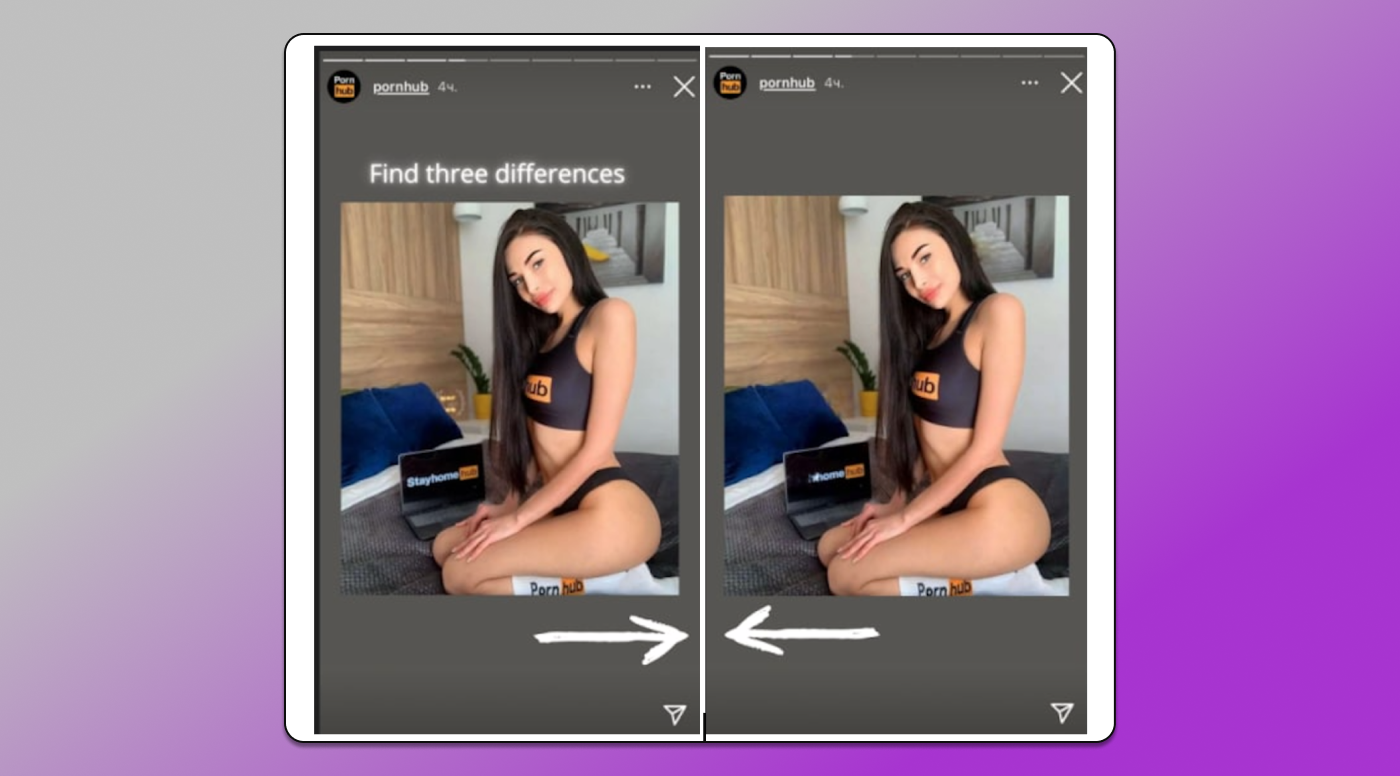
Gamification allows you to subtly keep users engaged and guide them toward making a purchase, subscribing or registering. That’s why it’s widely used across various areas of online marketing.
There are many gamification techniques. Here are the most popular and effective ones:
- Wheel of Fortune – the user spins a wheel to win a “prize” or discount;
- Scratch Cards – scratch off a layer to reveal a “win”;
- Quizzes and Tests – answering questions in exchange for a “personalized” result;
- Box/Door/Card Choice – the user clicks on one of the options to get a “surprise”;
- Chatbot/Chat Simulation – a dialogue with a bot leading to a target action;
- Mini-Games – a simple game offering a reward or bonus based on the result;
- Progress Bar – visual sense of moving toward a goal (e.g. 70% to a gift);
- Points – earned through actions, encouraging more engagement;
- Badges/Achievements – icons or status awarded for completing tasks;
- Leaderboard – ranking participants based on points or activity;
- Timers – countdowns to the “end of a promo” or “gift availability”;
- Quests/Missions – a series of tasks with cumulative rewards or a final prize;
- Mystery Boxes – sealed boxes with unknown contents;
- Randomizers/Lotteries – user joins a “random” prize draw;
- Action-Based Achievements – rewards for signing up, subscribing, making a purchase, etc.;
- Guessing Modules – interactions like “guess the price/country/flavor”;
- Virtual Pets/Avatars – level up a digital character through user activity;
- Gamified Forms – input fields styled as part of a game or quest;
- Leveling System – the user progresses from “beginner” to “master” through activity;
- Social Challenges – tasks that users can share on social media;
- “Unlock by…” – access to content unlocked after specific actions (e.g. watching an ad);
- Virtual Currency – internal points, coins or tokens system;
- Competitions – contests with prizes up for grabs.
For example, the marketplace “Drop‘Til You Shop” uses this kind of mechanic: as soon as you open the site, products start appearing and their prices are 📉 dropping in real time. Your task is to hit the “Freeze Price” button before the items disappear.
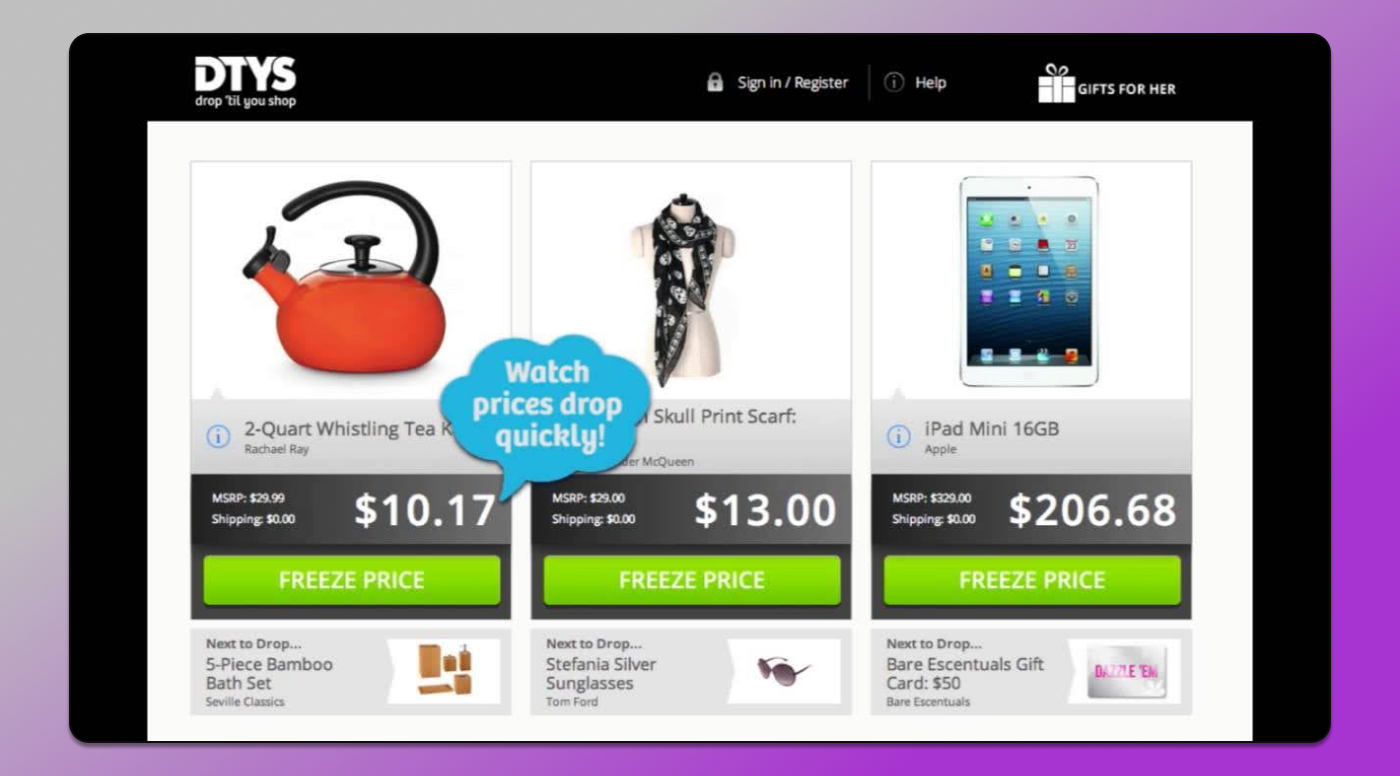
Gamification Mechanics in Affiliate Marketing
This brings up the question: what kinds of mechanics can be applied in affiliate marketing? In this field, the main actions expected from users are usually purchases, deposits, registrations or entering their data. So, the gamification mechanics should be tailored to drive exactly those actions.
Casino Demo-game
In gambling, gamification comes naturally — after all, 🎰 a casino is a game by definition. So the most logical approach is to let the user experience that game right away. Some pre-landers and apps use wheels and slot machines that users can spin without registering.
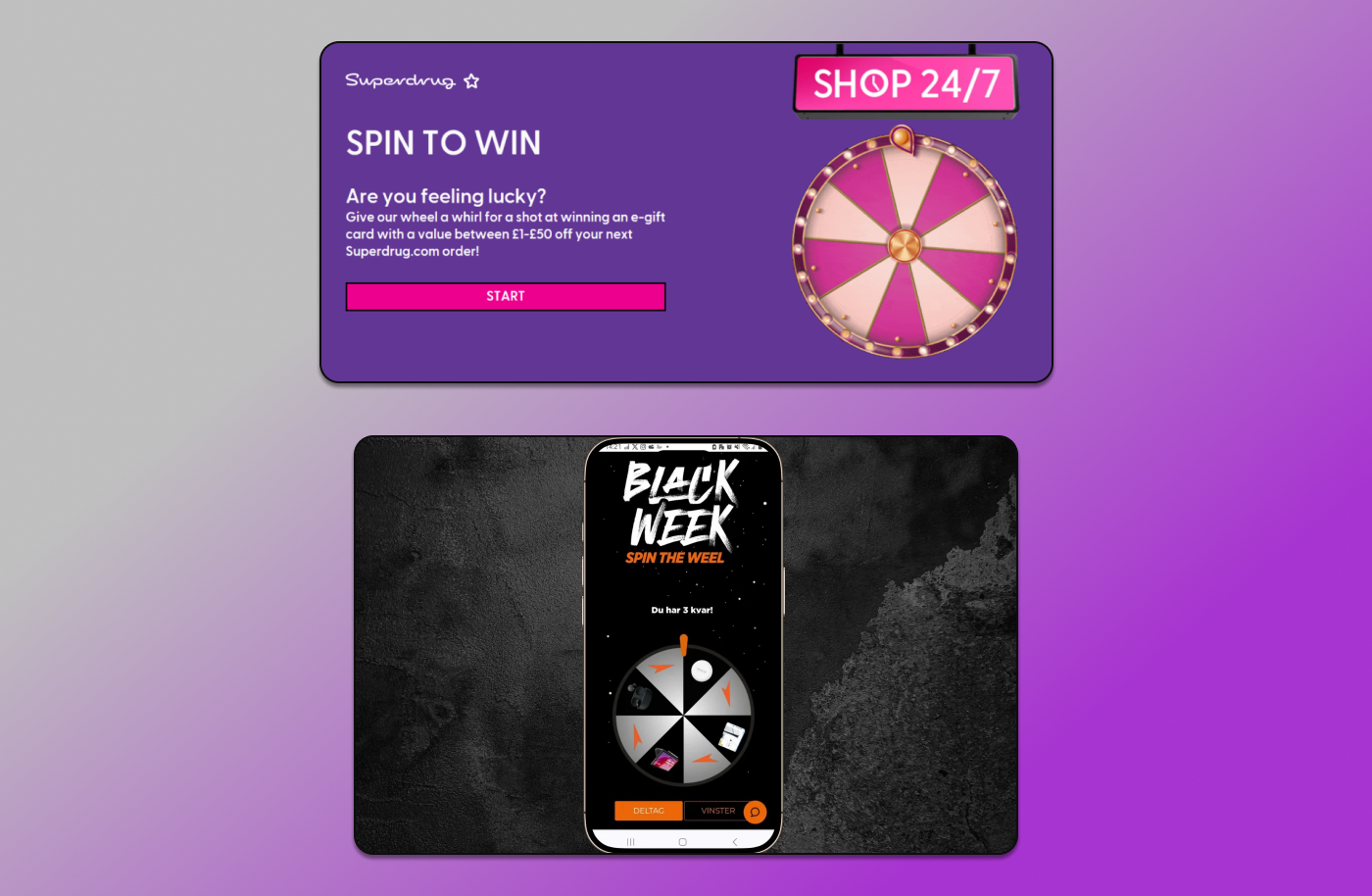
In some cases, users are invited to spin a wheel of fortune to win a bonus.
There’s also another gamification option in apps: “Scratch the protective layer and get a bonus».

Boxes and Roulette in Sweepstakes
A sweepstake is a lottery where users can win prizes in exchange for their contact details, a small fee, or sometimes both. Naturally, there’s an element of chance and gameplay involved. That’s why boxes and roulette wheels are popular interactive features on landing pages in the sweepstakes vertical.
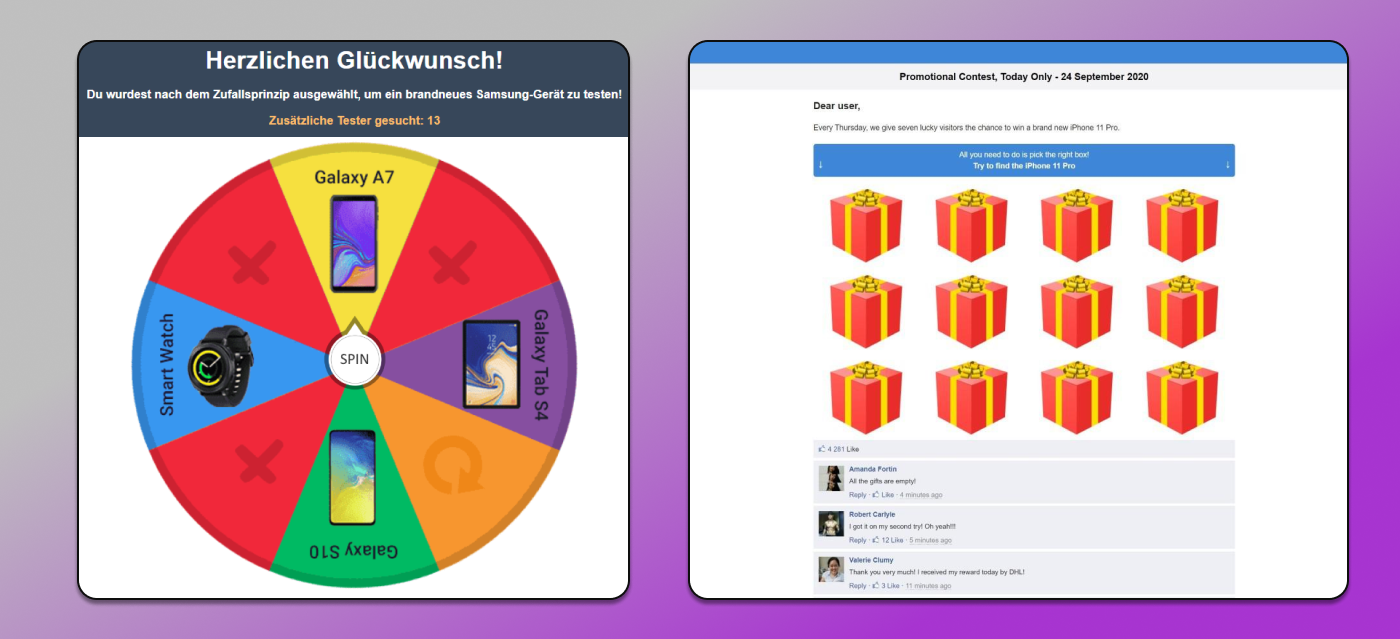
In the examples above, users either spin the wheel or open one of the boxes — if they’re lucky, they’ll get a 🎁 prize. Then, they’re motivated by the fact that they can enter these draws again by providing their contact details and/or paying a small fee.
Roulette and Surveys in Dating
The dating niche assumes users have certain preferences and wishes regarding partners. This can also be gamified. The most obvious way is to 📋 create a questionnaire about personal traits or a roulette wheel for preferences.
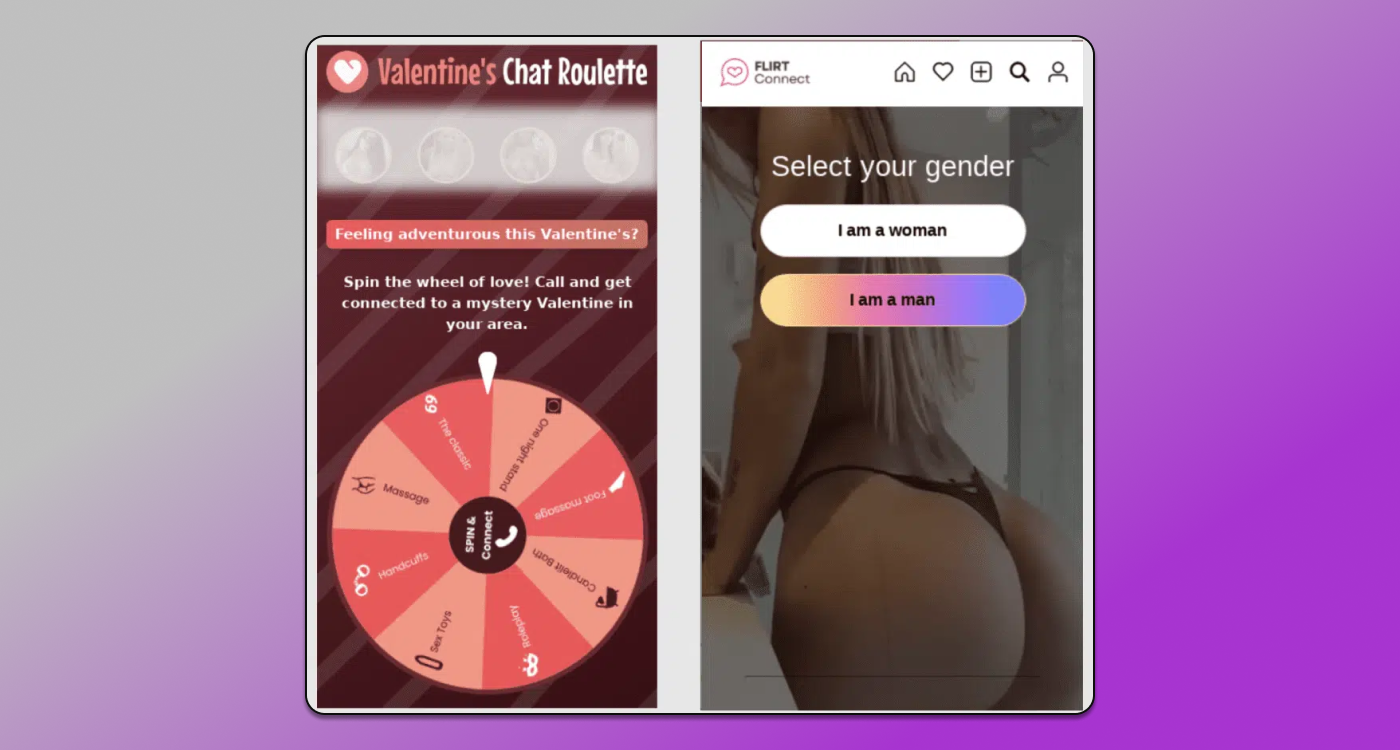
A hint at different forms of intimate connection really sparks interest and the user’s first actions (spinning the roulette or answering questions) increase the chance of registration.
Discount Boxes and Surveys in Nutra
Every user wants to buy a “magic remedy” at a lower price, which is why discounts work quite well. But they work even better when the user finds them themselves. This is the idea behind another mechanic: “Open the box to find a discount inside”.
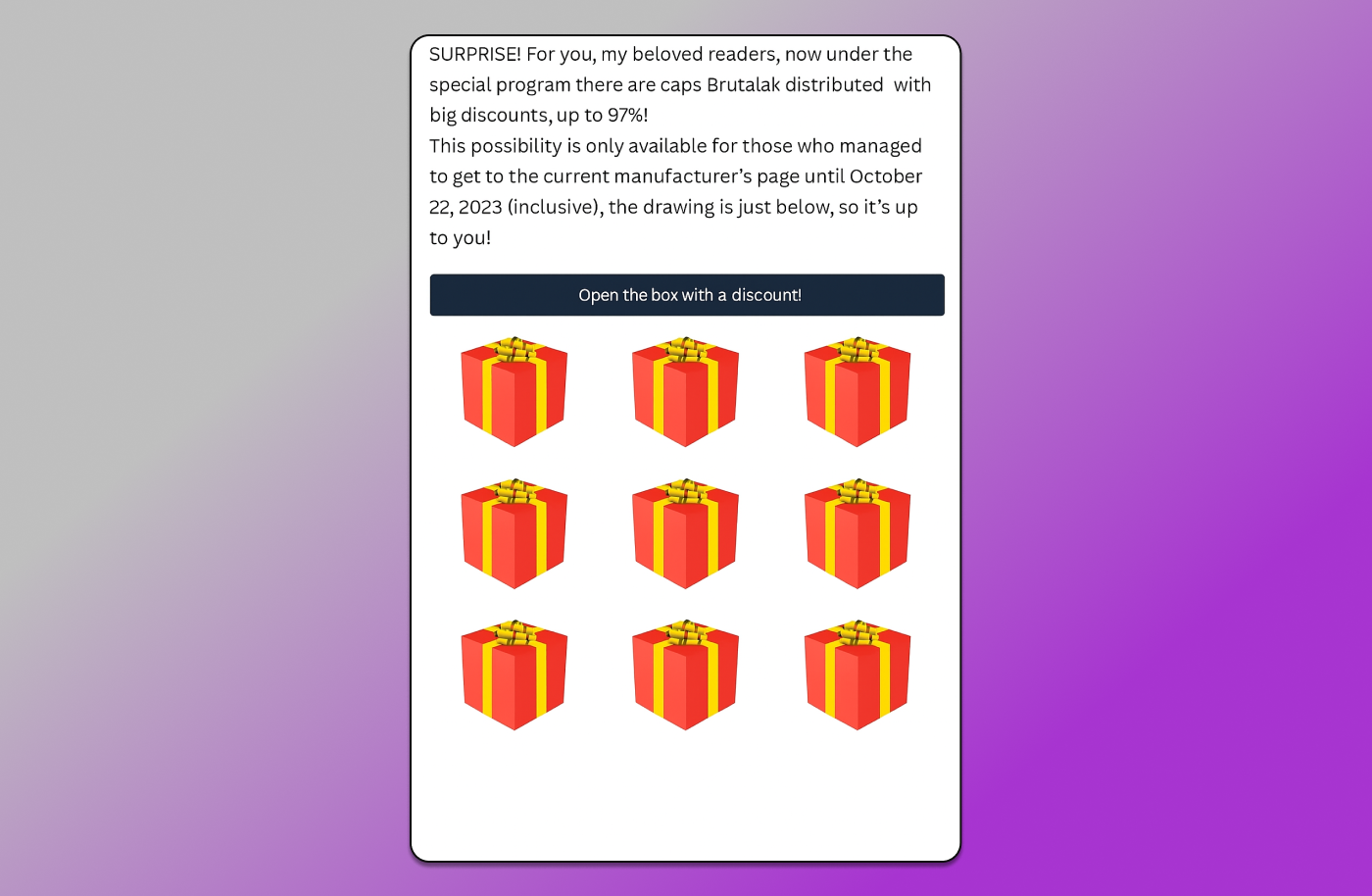
Gamification through a questionnaire works like this: the user answers a few simple questions, after which they see a “result” plus an offer along the lines of “this product is right for you”.
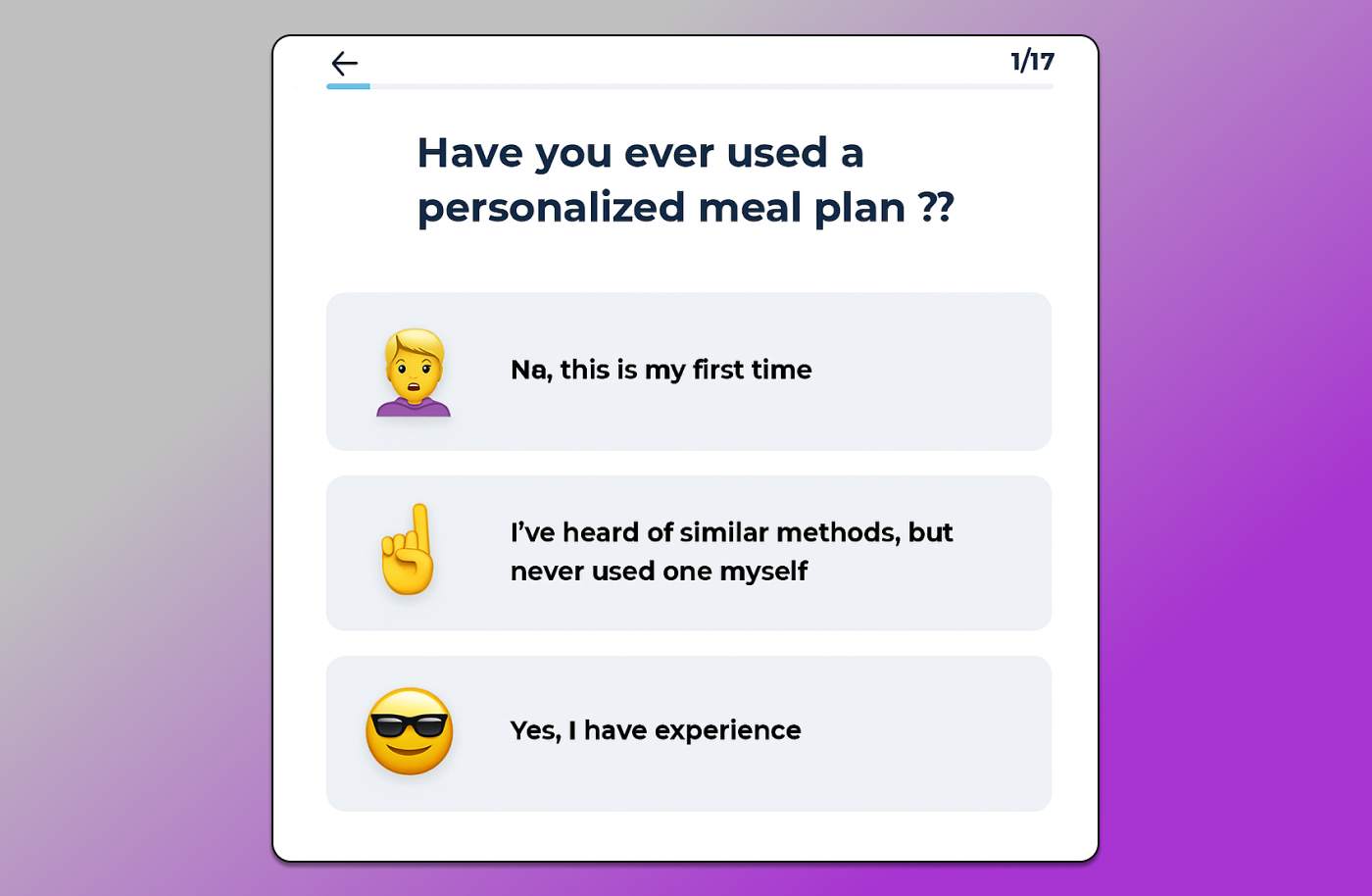
This is an example of a questionnaire for a BS offer, but it can easily be adapted for nutra as well.
The goal of these questions is to lead the user to think, “Here’s the result right in front of you! All that’s left is to order and buy the product”.
Such questionnaires create a feeling of 🫰 personalization — the user starts to genuinely believe the product is tailored specifically to their situation.
What other mechanics can be implemented?
What’s been shown so far is just the beginning — especially considering that several affiliate verticals rely on long-term user engagement (for example, BS/SP, iGaming, Essay and crypto). Here are some ⚙️ more mechanics you can implement and adapt for affiliate verticals.
Story-driven Quests, Badges, and Rewards
A prime example is the language learning service Duolingo. Here, the user answers questions of increasing difficulty. By completing a certain number of tasks, they earn rewards and can track their 📈 progress. To give users a sense of who to compete with, a leaderboard is displayed, which updates dynamically based on users’ achievements.
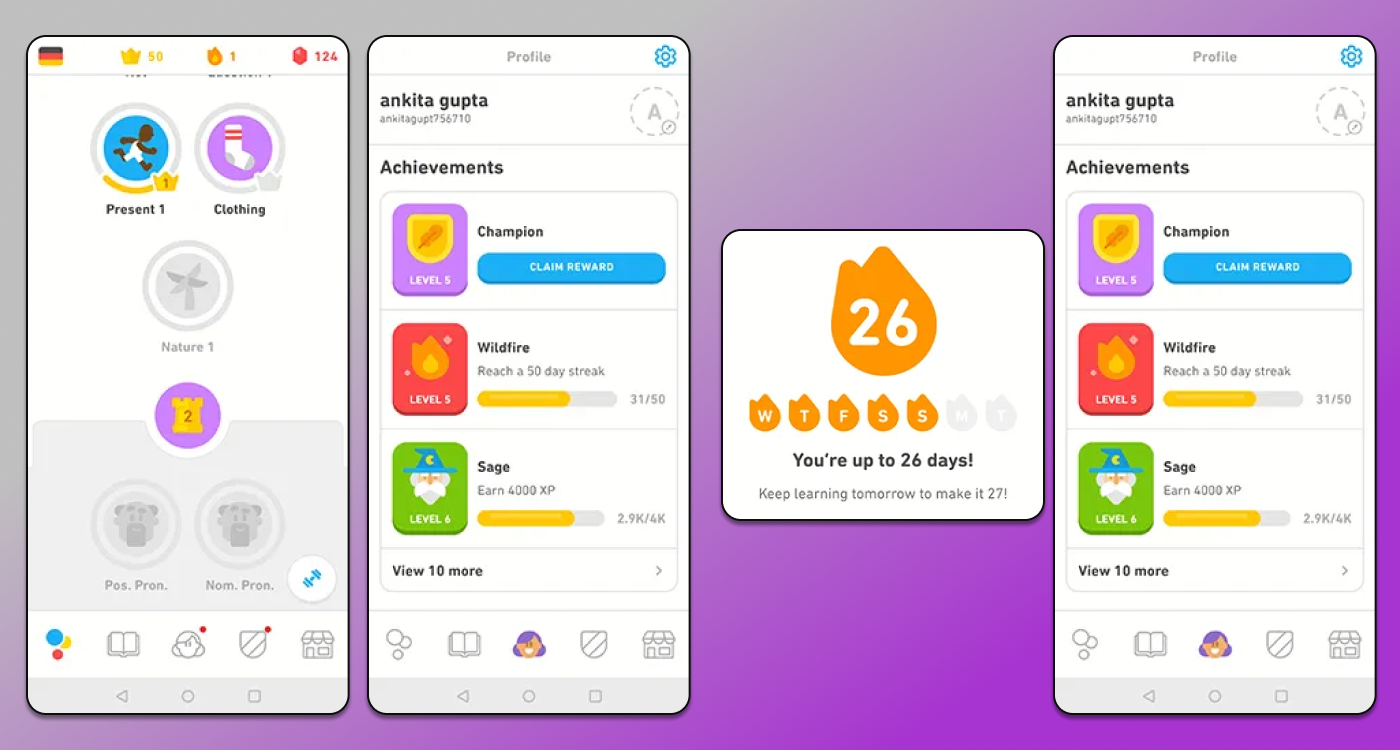
This kind of mechanic fits perfectly in gambling and BS offers, where constant user engagement is required.
The Slider
In this case users are invited to ↔️ move sliders to indicate their level on various parameters (weight, financial status, expertise level, etc.). For example, the cosmetics store Rare Beauty asks participants about their skin tone to provide more tailored product recommendations.
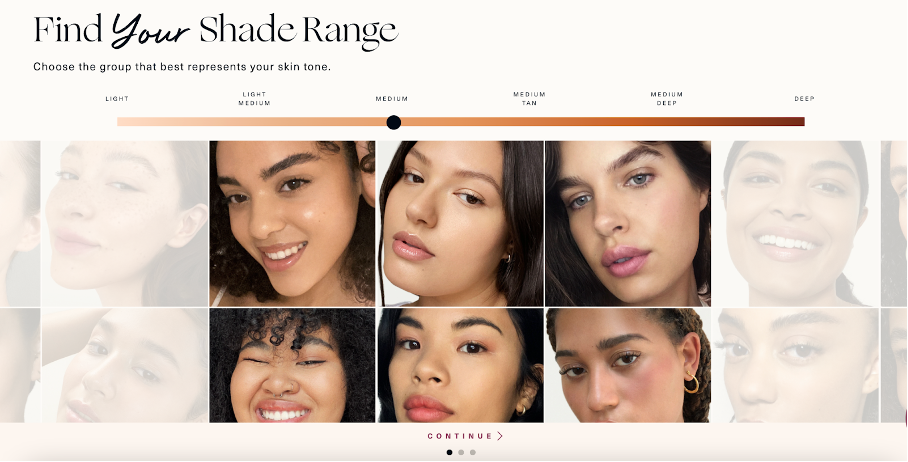
This mechanic works great for landing pages selling many nutra products — like weight loss, anti-aging, hair growth, penis enlargement, blood pressure reduction and so on. Basically, it helps simulate product selection tailored to the user’s needs.
Content Locks
This isn’t so much a separate type of game mechanic as it is a way to present familiar ones. Usually, content locks hide a product offer or description on landing pages. Inside the overlay, they add a quiz, questionnaire or even a slider form.
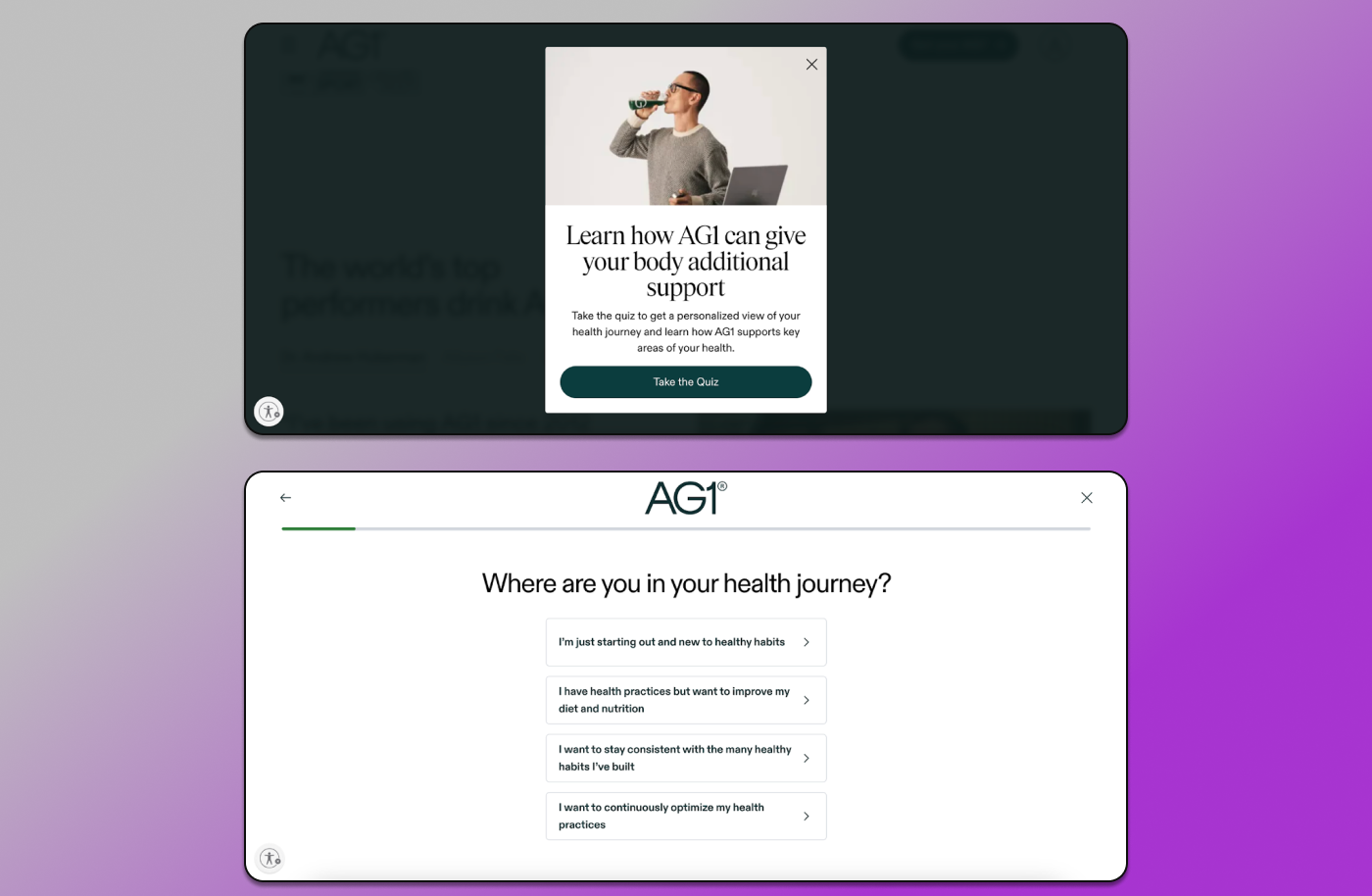
Here, users are invited to take a quiz to find out how the supplement will provide extra support for their body.
The key feature of these pop-ups is that users can simply close them to proceed directly to purchasing the product.
What aboud Ads?
Since gamification works so well, it’s obvious that it would be a great idea to implement it in offer advertising too. And it has indeed been done — you probably remember dynamic ads on Yandex.Direct or Google Ads where you could interact a little with the image.
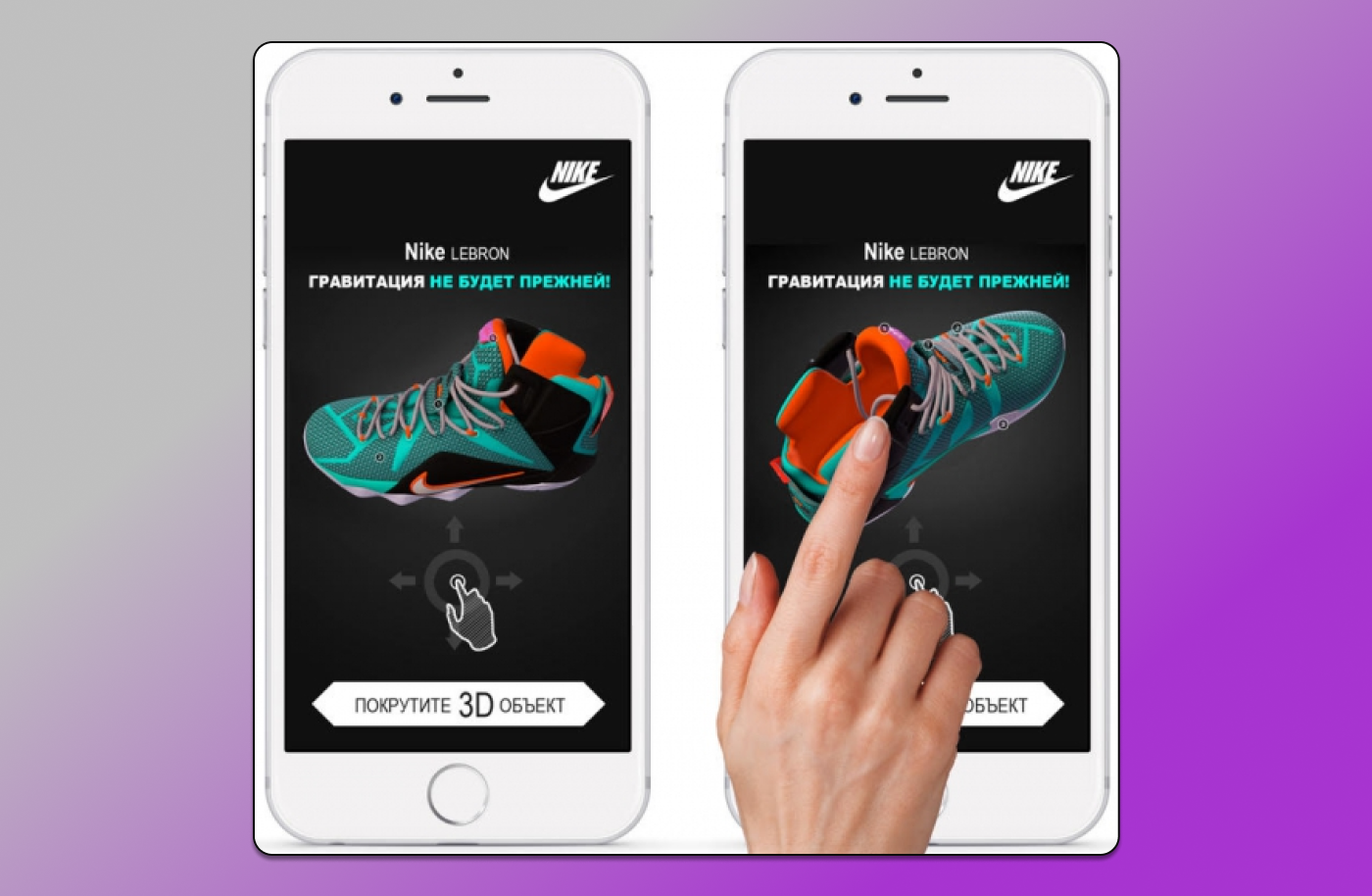
Moreover, you can set up ads on Facebook optimized for receiving messages — meaning interested users will write to you. You can pre-configure questions and answers to engage potential clients. However, in practice, this approach shows very low conversion rates.
So it’s safe to say that this “trend didn’t really take off” — even major brands have almost stopped using interactive ads. They’re difficult to create and require a more complex sequence of actions, yet they don’t significantly increase profits. In affiliate marketing, they make even less sense.
Interesting to know: Gamification in CPA Networks
In the late 2010s, affiliate networks tried to heavily integrate gamification into their CPA network interfaces to attract, retain and motivate webmasters. For example, until recently, Offerrum rewarded confirmed leads with coins. These coins could then be used to purchase items from a prize store.
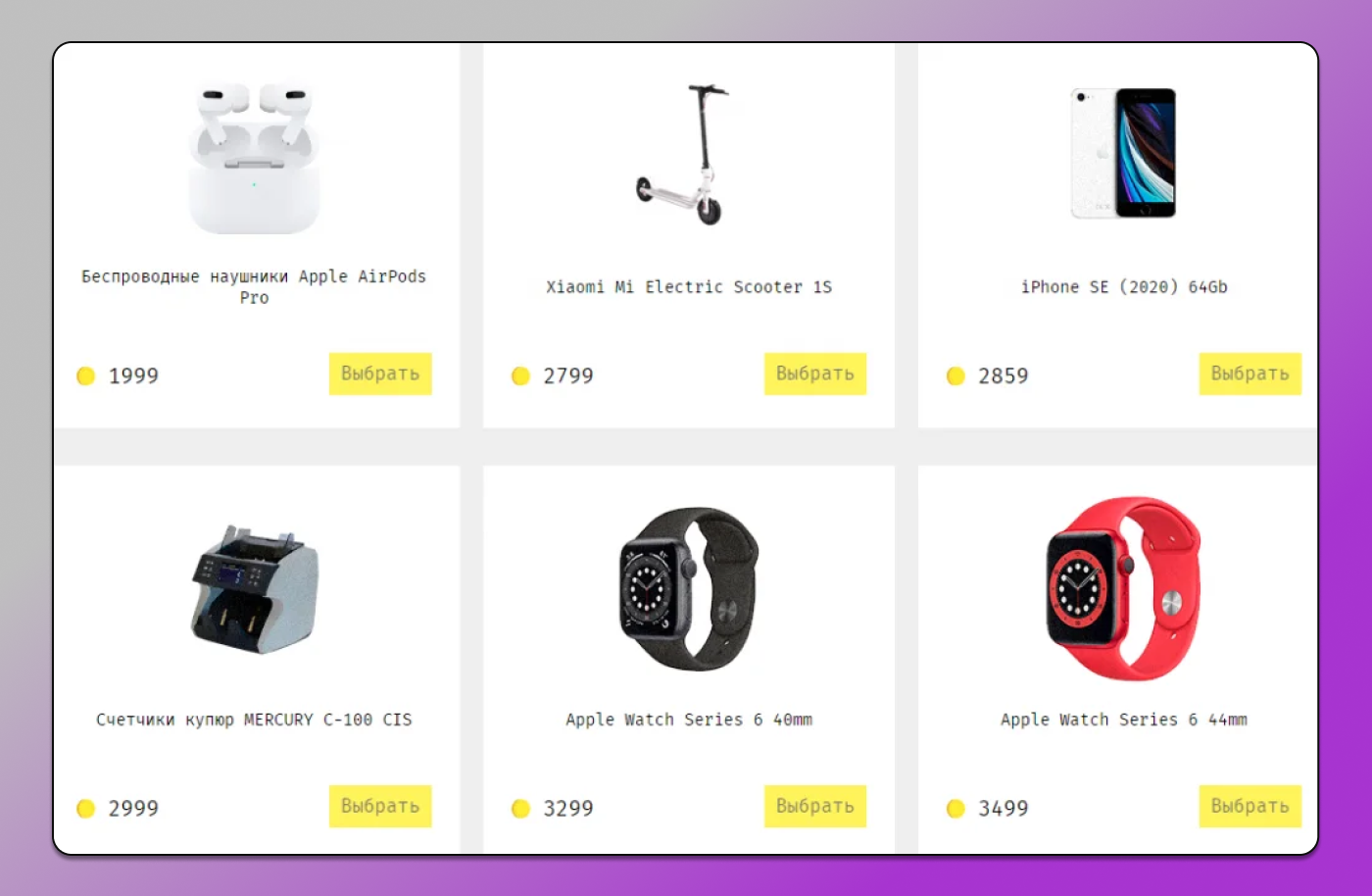
Currently, a similar system operates in Traffic Light. However, overall, the gamification boom in affiliate networks has passed. It’s now used mainly to boost webmaster activity for a short time or to attract new ones.
Conclusion
As we can see, gamification can be a great addition and, in some cases, significantly increase conversion rates, as well as improve retention rate and LTV in long-term offers. However, it’s also clear that in many areas (advertising, CPA networks) it didn’t really take off. So ☝🏻 it’s best to rely on your unique selling proposition and the quality of your product or service presentation. Gamification should be tested as an mere add-on that can sometimes boost conversions.
